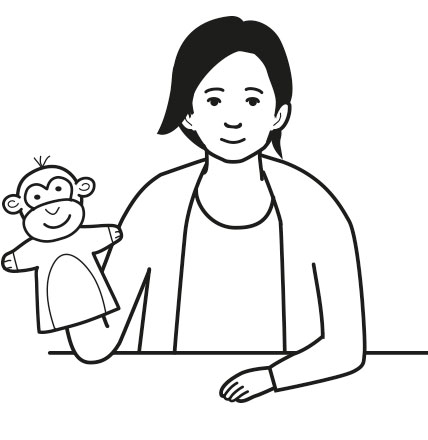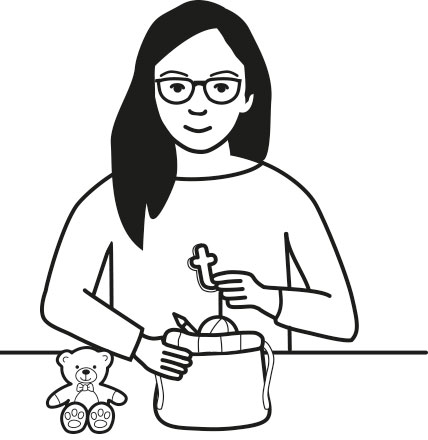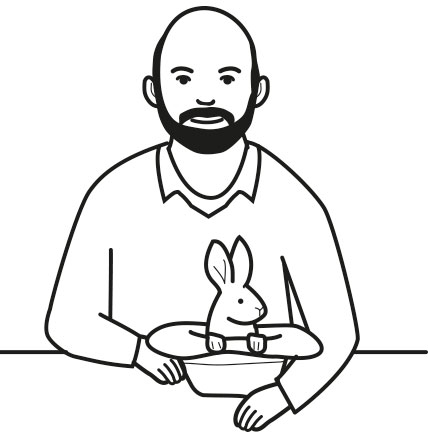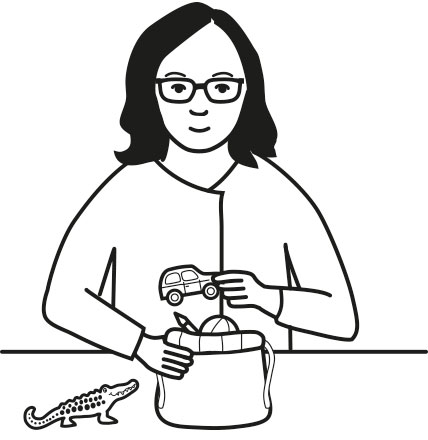
The accelerated roll-out of NELI (Nuffield Early Language Intervention) in response to disruption caused by Covid-19 has highlighted the role of targeted interventions for supporting pupils with SLCN / weak oral language skills. Of course, NELI is not the only school-based language intervention available and other programmes such as Talking Partners (Primary and Secondary), Language Link, Narrative Programmes, and Talk Boost have been running for some time.
Rightly, a lot of effort has been spent on evaluating such programmes and trying to ensure they work. However, in recent years, as I have seen such programmes come and go in schools, I have increasingly wondered whether we need to be asking the question, ‘is it sustainable?’ as well as, ‘does it work?’
In my experience, interventions often start with a fanfare and a lot of enthusiasm. But a year or two down the line, many of the resources may have gone missing, the intervention might be running but perhaps only once a week, or maybe the trained staff members have moved to new roles or new schools. A head teacher once told me he reckoned any group intervention in a school had a shelf life of up to three years – regardless of whether it works or not. Sadly, I have seen this come true time and time again – despite strong data demonstrating the impact of an intervention, it stops being delivered. Something else takes priority, a staff member leaves, there is no longer time for it.
Yet undoubtedly the need that was there when the intervention was first introduced will still be present – there will still be children with SLCN and impoverished language development, children who would benefit from the interventions.
This led me to think about how school-based interventions could be designed in the future – not just for speech and language but for literacy, mental health, physical fitness. What if it were possible to identify factors that support an intervention being sustainable? What if they could be built into the design and delivery of the intervention. What if that shelf-life could be increased from three to five or six years, or more?
These questions led me to Anna Moore, research officer with the Anna Freud Centre. Anna is currently working on her PhD with the Evidence Based Practice Unit at UCL looking at exactly this question in relation to school-based mental health inventions. Her blog post relating to this is below:
Anna and I agree that the barriers to sustainability of mental health interventions are likely to be very similar to the challenges of sustainability of Speech and Language interventions. And of course the relationship is in some way even closer than that given the higher incidence of mental health difficulties in children and teenagers with SLCN.
So in the first week of July 2021 we are planning to hold an online discussion about this. Anna will explain her work, but also we want to hear from therapists working in schools about their experiences of published interventions like Talk Boost, Talking Partners, Language Link, Narrative, NELI. We’re hoping to find out how successful these are in terms of outcomes but also sustainability. What have been the challenges to sustainability? If an intervention has been maintained for a number of years, why is that? What are the ingredients that help to make an intervention sustainable?
If you would like to participate in this discussion, please email me at office@springboardspeech.org.uk. We would like to hear a range of therapists’ insights into this important question, and if you know of Teaching Assistants, Teachers or SENDCos who would also like to contribute we would love to hear from them too.
Many thanks,
Chris










